Efficient Furniture Clearance in Council Rubbish Collection
Clearing out old furniture can be a daunting task, but understanding the options available through your local council rubbish collection services can make the process **seamless** and stress-free. In this comprehensive guide, we explore the best practices, benefits, and steps involved in furniture clearance via council services.
Whether you're redecorating, moving, or simply decluttering, knowing how to properly dispose of large items like sofas, tables, and wardrobes is essential. This article provides valuable insights into managing furniture clearance responsibly and sustainably.
From scheduling pickups to understanding what can and cannot be collected, we'll cover everything you need to ensure that your furniture clearance goes smoothly.

Understanding Council Rubbish Collection Services
Local councils offer rubbish collection services to help residents dispose of unwanted items, including large furniture pieces. These services are designed to manage waste effectively, promoting recycling and reducing landfill use.
**Key Features of Council Rubbish Collection:**
- Scheduled pickups
- Recycling and disposal guidelines
- Cost-effective solutions for residents
- Environmental compliance
By utilizing these services, you can ensure that your furniture is disposed of in an environmentally friendly manner, adhering to local regulations and sustainability goals.
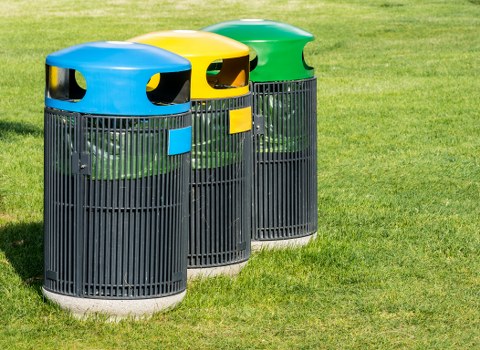
Benefits of Using Council Services for Furniture Clearance
Opting for council rubbish collection for furniture clearance comes with numerous benefits:
- Convenience: Scheduled pickups save time and effort.
- Affordability: Generally more cost-effective compared to private disposal services.
- Environmental Responsibility: Ensures proper recycling and disposal methods.
- Compliance: Adheres to local waste management regulations.
These advantages make council rubbish collection an excellent choice for effective and responsible furniture clearance.

Steps to Schedule a Furniture Pickup
Scheduling a furniture pickup with your council involves a few straightforward steps:
- Check Eligibility: Ensure that your area is covered by council rubbish collection services.
- Identify Items: List the furniture pieces you wish to dispose of.
- Book a Pickup: Use your council's online portal or contact their service center to schedule a collection.
- Prepare Items: Arrange the furniture for pickup on the scheduled day, ensuring they are accessible.
- Confirm Collection: Verify the pickup to ensure all items are collected.
Following these steps will help streamline the clearance process, ensuring that your unwanted furniture is removed efficiently.
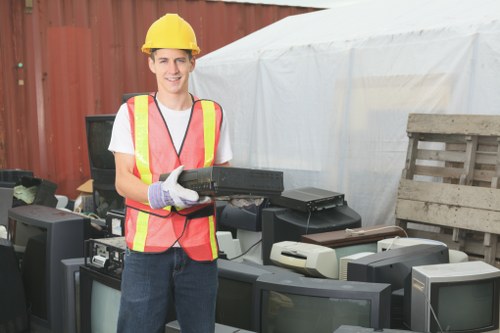
Preparing Your Furniture for Collection
Proper preparation of your furniture can facilitate a smooth clearance process:
Here are some tips to get your items ready:
- Clean the Items: Remove any debris or spills to maintain cleanliness during pickup.
- Disassemble if Possible: Breaking down larger pieces can make transportation easier.
- Remove Personal Belongings: Ensure no personal items are left behind.
- Secure Valuables: Keep valuable items separate to prevent loss.
These preparatory steps not only aid the collection team but also ensure that your clearance is handled professionally.
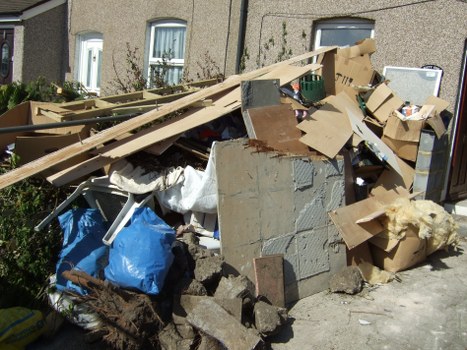
What to Expect During the Clearance Process
Understanding the clearance process can help you prepare and set realistic expectations:
Arrival Time: Collection teams typically arrive within the scheduled window. It’s advisable to be available or have access arrangements in place.
Inspection: Items may be inspected to determine if they can be recycled, donated, or require special disposal methods.
Handling and Transport: The team will handle the heavy lifting and transportation of your furniture, minimizing your physical strain.
Post-Clearance: Once collected, items are processed appropriately, with recyclable materials being separated and disposed of responsibly.
Common FAQs About Council Furniture Clearance
1. Are there any fees associated with furniture clearance?
Many councils offer free or low-cost clearance services, especially for residents. However, fees may apply depending on the volume and type of items.
2. What types of furniture are accepted?
Most councils accept common household furniture such as sofas, tables, chairs, and beds. It’s best to check with your local council for specific guidelines.
3. Can I donate my furniture instead of disposal?
Yes, some councils collaborate with local charities for donation pickups. This is an excellent way to give your old furniture a new life while reducing waste.

Alternative Furniture Disposal Methods
While council rubbish collection is a convenient option, there are alternative methods to consider:
- Private Removal Services: These services offer flexible scheduling and personalized service but may come at a higher cost.
- Recycling Centers: For those who prefer a hands-on approach, recycling centers provide facilities to drop off your furniture.
- Charity Pickups: Donating unused furniture to charities supports community welfare and promotes sustainability.
Evaluating these alternatives can help you choose the best disposal method based on your specific needs and preferences.

Environmental Impact of Proper Furniture Disposal
Proper disposal of furniture plays a significant role in environmental conservation:
Reducing Landfill Waste: By recycling or donating furniture, you decrease the amount of waste sent to landfills.
Promoting Recycling: Many furniture items can be repurposed or recycled, reducing the need for new raw materials.
Lowering Carbon Footprint: Efficient disposal methods contribute to lower greenhouse gas emissions associated with waste processing.
Tips for Sustainable Furniture Clearance
Adopting sustainable practices during furniture clearance ensures minimal environmental impact:
- Reuse Where Possible: Consider selling or donating items that are still in good condition.
- Choose Eco-Friendly Materials: Opt for furniture made from sustainable or recycled materials.
- Repurpose Older Pieces: Transform old furniture into new, functional items with creativity.
- Support Local Recycling Initiatives: Engage with local programs that prioritize recycling and sustainable disposal.
Implementing these strategies not only benefits the environment but also fosters a culture of responsible consumption and waste management.
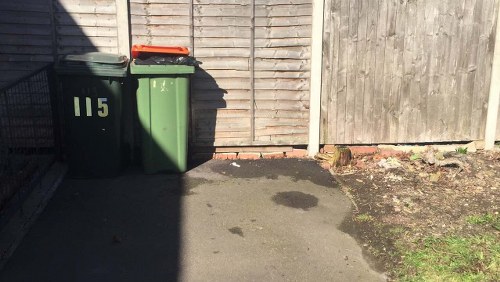
Common Mistakes to Avoid When Clearing Furniture
To ensure a smooth and effective furniture clearance, avoid these common mistakes:
- Not Checking Guidelines: Always verify your council's specific rules and schedules for rubbish collection.
- Procrastinating: Delaying clearance can lead to clutter and potential fines in some areas.
- Overloading Collection Slots: Be mindful of the volume of items to avoid multiple pickups and increased costs.
- Failing to Prepare Items: Properly preparing your furniture for pickup ensures efficiency and prevents damage.
By steering clear of these pitfalls, you can enhance the effectiveness of your furniture clearance efforts.
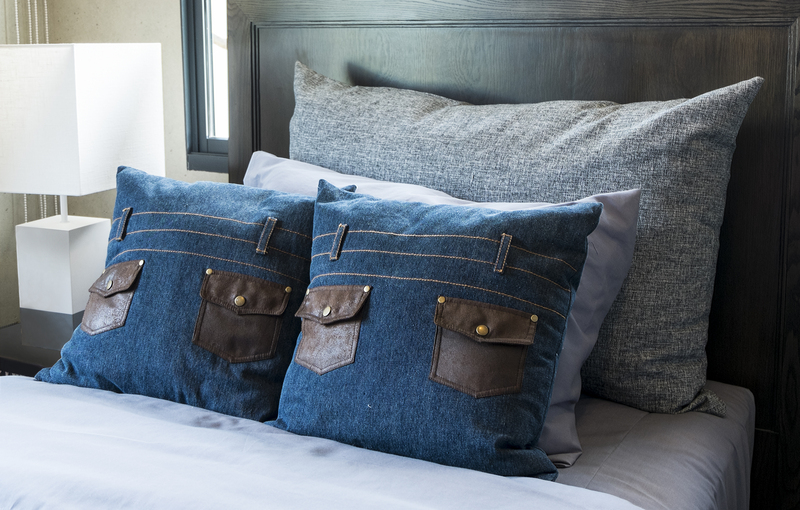
Conclusion: Making the Most of Council Rubbish Collection
Furniture clearance through council rubbish collection is a practical, affordable, and environmentally responsible way to manage unwanted items. By understanding the services available, preparing appropriately, and considering sustainable practices, you can ensure a hassle-free clearance experience.
Don't let old furniture clutter your space. Contact your local council today to schedule a pickup and take the first step towards a cleaner, more organized home.
For personalized assistance and more information on furniture clearance options, book your service now and experience the convenience and efficiency of council rubbish collection services.